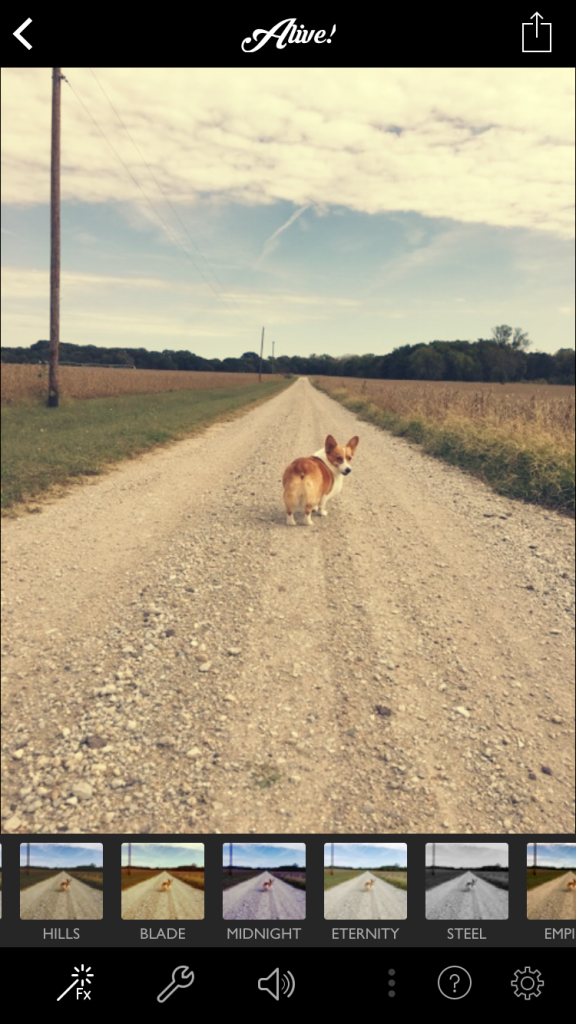When I met my husband, he was a Luddite. Now, I know what you’re thinking: that word is tossed around a lot these days, usually to mean someone who either a) chooses not to use certain technology, b) is ignorant of technology or c) is just plain bad at using technology. However, those definitions fail to capture the traditional meaning of the word. A Luddite is someone who is actively opposed to new technology. That’s what my husband was.
He didn’t grow up with the Internet, and only begrudgingly used a computer to type school reports. He never took any computer classes, which I still have trouble wrapping my head around since we’re only two years apart and Keyboarding was a requirement at my school. He was very suspicious of technology and felt that it was, to put it mildly, ruining everything. “I don’t understand the concept of ‘browsing the Internet,'” he said to me once. “It sounds like a complete waste of time.” He blamed the Internet and social media for promoting a narcissistic culture where everyone feels entitled to praise for their opinions, regardless of how stupid or misguided they may be. He felt that technology was taking away people’s jobs. He also pointed out how much harder it is for an individual to perform their own car repairs when so many functions have become computerized.
In contrast, my family started our first AOL dial-up Internet trial when I was 8 or 9 years old. When I was 13, I published my first website and joined an online forum for fans of the TV show Friends where I met and befriended interesting people from all over the world. My parents let me have my own computer in my room and trusted me to use common sense (something I’m not sure I’d be willing to do for my own child at that age). Basically, I’ve been deeply embedded in a world of technology for most of my life and my husband couldn’t fathom that. It was completely alien to him.
When we’d been dating for awhile and things were getting serious, he made sure to promise me that he’d get the Internet hooked up at the farmhouse that he’d been simultaneously living in and renovating. It was around that time that I got my first iPhone, so I gave him my old iPod Touch and showed him how to find funny YouTube videos and check his email (he did have an email address, for banking purposes). He took to it quickly and found that it was really handy for looking up things like repair instructions and how-tos, farm futures, store phone numbers and hours, and directions.
Fast-forward four years. He now complains about our Internet speed as much as I do (we can’t get more than 6Mbps down without switching to satellite, which we don’t want to do because of the latency issues). He’s smashed my high scores in Tiny Wings and Angry Birds, and regularly beats everyone at Words with Friends. A few months ago he said goodbye to his flip phone and began using my old iPhone 5s. It’s been a fascinating transition to watch, from my perspective.
However, this post wasn’t meant to be about how he’s changed. It’s really about how I’ve changed.
“Why would you willingly give up your privacy like that?” he asked me four years ago when I showed him things on Facebook. My knee-jerk thought was: “because it’s fun!” However, over time it got me thinking. I searched for my name on Google and was surprised to find pages and pages of relevant results, many of which were account profiles I created for services that I never ended up using. It was too much. I became a little jealous: after all, his digital footprint was virtually non-existent while mine was a cluttered mess.
So I started deleting stuff. Vine? Gone. LinkedIn? Never used it anyway. If you search for my name, there’s still a lot of junk, but let me tell you—it’s a lot better than it was. Even now, Facebook’s “On This Day” feature serves as a continual reminder of how unguarded I used to be on the Internet, posting my every thought and feeling with abandon. Pulling back feels good. It feels like wisdom and maturity.
One of his family members has a piece of opaque tape over her iSight camera.
I haven’t reached that point yet, but living with a non-technological person for the past three years has definitely made me more mindful about my privacy. It’s also made me more thoughtful and skeptical about new technology, especially the whole “Internet of Things.” More often I find myself stopping to ask “why?” Why do I check my WordPress stats page so much? Why do I want to make iOS games? Why does a refrigerator need to connect to wifi? (spoiler alert: it doesn’t) More importantly: Why did I ever look down at people who have flip phones and don’t have Facebook accounts and choose to live a simpler life?
After all, just because their voices aren’t present in the world of 0s and 1s doesn’t mean they don’t matter. I think many of us could stand to remember that. (Now go hug your favorite offline relative!)






